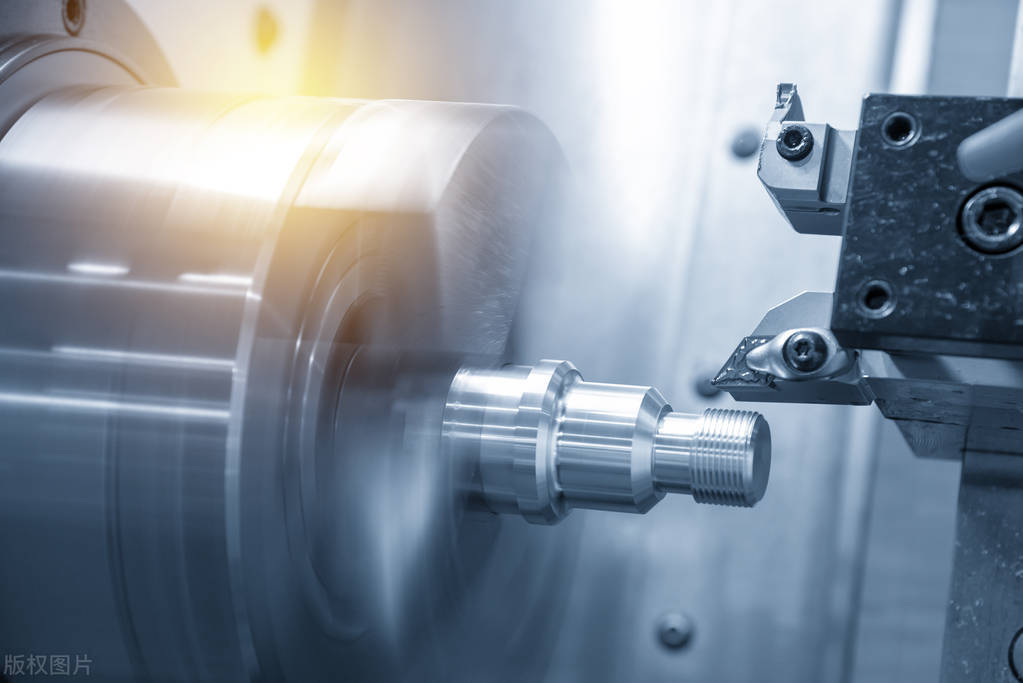Efficiency, Cost, and Innovation: Exploring the Intersection of Lean Principles, 3D Printing, and Sheet Metal Processing+ View more
Efficiency, Cost, and Innovation: Exploring the Intersection of Lean Principles, 3D Printing, and Sheet Metal Processing
+ View more
Date:2023-11-30 11:24
Introduction:
Efficiency, cost reduction, and innovation are paramount in the manufacturing industry. This article delves into the intersection of lean principles, 3D printing technology, and sheet metal processing, exploring how their convergence can drive operational excellence, enhance cost-effectiveness, and foster innovation. By embracing the synergies between these three components, manufacturers can achieve significant improvements in efficiency, reduce costs, and unlock innovative possibilities in sheet metal fabrication.

1. Lean Principles in Sheet Metal Processing:
Lean principles provide a framework for optimizing processes, eliminating waste, and enhancing overall efficiency in sheet metal processing. Techniques such as value stream mapping help identify non-value-added activities, allowing manufacturers to streamline workflows and improve productivity. Just-in-Time (JIT) production ensures that materials and resources are only utilized when needed, reducing inventory costs and minimizing waste. Kaizen events promote continuous improvement, empowering employees to contribute to efficiency gains and cost reduction initiatives.
2. Transformative Power of 3D Printing:
The advent of 3D printing technology has revolutionized the manufacturing landscape, including sheet metal processing. With 3D printing, complex designs can be translated into physical objects directly, bypassing the need for traditional tooling. This eliminates time-consuming setup processes, reduces material waste, and allows for rapid prototyping and iteration. Furthermore, 3D printing enables the consolidation of multiple parts into a single component, simplifying assembly and decreasing costs. The versatility of 3D printing offers unparalleled opportunities for customization, enabling manufacturers to cater to individual customer needs and increase market competitiveness.
3. Integration of Lean Principles with 3D Printing:
The integration of lean principles with 3D printing technology creates a powerful combination for optimization in sheet metal processing. Applying lean methodologies to 3D printing workflows helps identify process bottlenecks and waste, driving continuous improvement. Value stream mapping can be used to analyze the entire 3D printing process, from design to production, identifying areas for cost reduction and efficiency enhancement. Additionally, JIT principles can be implemented in 3D printing operations, reducing inventory stock and enabling on-demand manufacturing.
4. Cost Reduction and Efficiency Gains:
The intersection of lean principles and 3D printing in sheet metal processing leads to significant cost reduction and efficiency gains. By eliminating wasteful activities, optimizing workflows, reducing material waste, and streamlining assembly through 3D printing consolidation, manufacturers can achieve notable cost savings. The ability to produce components on-demand using 3D printing reduces inventory carrying costs and minimizes lead times. The streamlined processes also result in improved overall efficiency, shorter production cycles, and increased throughput.
5. Innovation and Design Freedom:
The integration of lean principles and 3D printing not only enhances efficiency and reduces costs but also unlocks innovative possibilities in sheet metal processing. With 3D printing's design freedom, manufacturers can create intricate geometries, lightweight structures, and complex assemblies that were previously challenging or impossible with traditional methods. This opens up new avenues for product innovation, performance optimization, and customization. By embracing these opportunities, manufacturers can differentiate themselves in the market and meet evolving customer demands.
6. Future Outlook and Challenges:
As technology continues to advance, the intersection of lean principles, 3D printing, and sheet metal processing holds immense potential for further improvements. However, challenges must be addressed, such as increasing adoption costs, material limitations, and the need for skilled personnel. Manufacturers must invest in training employees to harness the full potential of these technologies and strategically evaluate their integration into existing production lines.
Conclusion:
Efficiency, cost reduction, and innovation are essential objectives for manufacturers in the fiercely competitive landscape of sheet metal processing. By exploring the intersection of lean principles, 3D printing technology, and sheet metal processing, manufacturers can achieve remarkable improvements in efficiency, cost-effectiveness, and innovation. The integration of lean principles with 3D printing workflows enables the elimination of waste, optimization of processes, and on-demand production. This convergence drives cost reduction, enhances overall efficiency, fosters customization, and unlocks unprecedented design possibilities. Embracing this transformative combination positions manufacturers at the forefront of the industry, enabling them to navigate the future with agility, competitiveness, and operational excellence.
Share to:
Recommend wonderful blog posts

